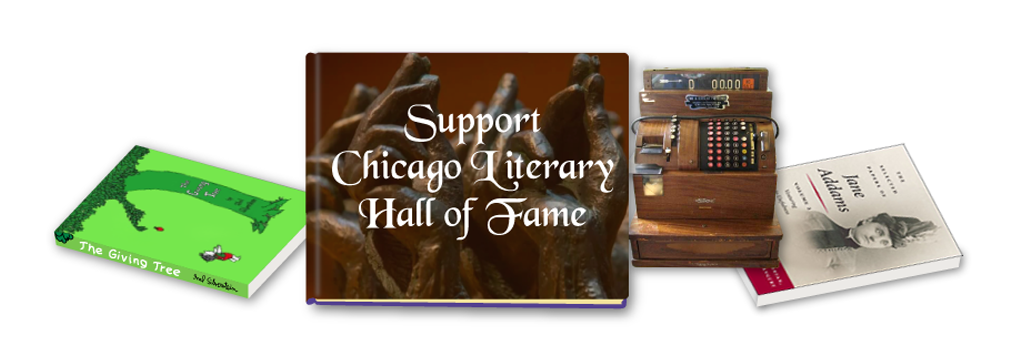A Chicago book that holds special meaning to me
Jason Pettus
Saul Bellow’s 1975 Humboldt’s Gift was the very first book I ever read that described a real neighborhood I was already familiar with, which was a quiet revelation to me. His autobiographical tale about an elderly University of Chicago professor, shuffling around Hyde Park as he thinks back on the life of his Rooseveltian-liberal mentor (modeled on the real-life relationship Bellow had with "writer’s writer" Delmore Schwartz), is a perfect portrait of the actual neighborhood, one that still rings true 45 years later. In the meanwhile, it’s also a portrait of a Chicago in massive transition, as the old ethnic conclaves of Bellow’s youth (think of Augie March’s low-class adventures in Humboldt Park) were making way for suburban white flight, leaving the aging Bellow as a proud but disappearing southside hanger-on. This is emphasized even more in the book by his narrator’s friendship with ambitious wannabe gangster Rinaldo Cantabile, who joins Bellow’s stand-in Charlie Citrine on a tour of such old-world destinations as the now decrepit Russian bathhouses of the city’s westside. The book made me realize the sublime pleasures of seeking out the real places described by Social Realist authors like him, and Chicago is an excellent location for doing just that, whether that’s with authors of the old guard like Studs Terkel and Stuart Dybek, or the mise-en-scène adventures of more contemporary writers like Aleksandar Hemon or Chris Ware.









